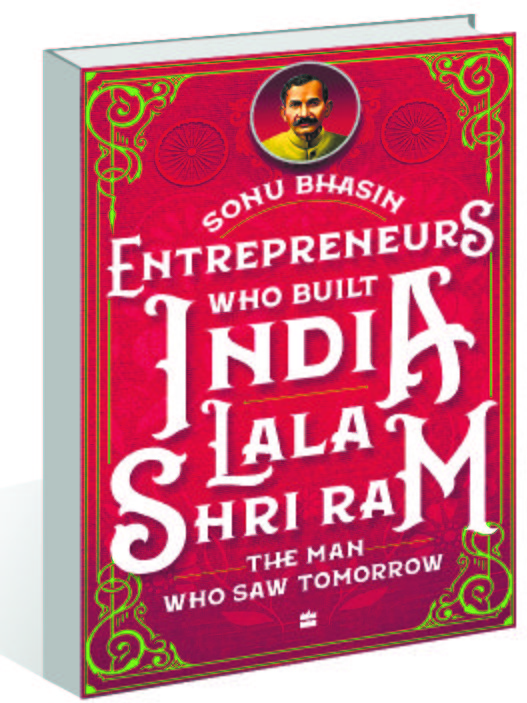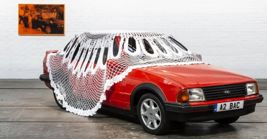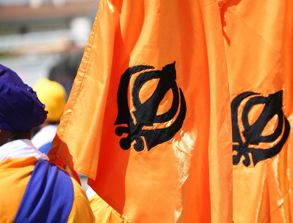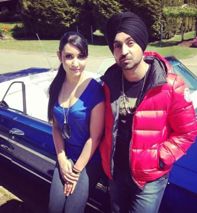Shri Ram belonged to an era when industrialists also had a social conscience. photo courtesy: harperCollins
Book Title: Entrepreneurs who built India: Lala Shri Ram
Author: Sonu Bhasin
Sandeep Dikshit
Till the Supreme Court ordered the relocation of all factories out of Delhi in 1988, the DCM factory in front of Old Delhi’s then-iconic Filmistan Cinema Theatre was one of the capital’s prominent landmarks and a source of pride. With the factory now relocated to Hisar, Delhi University’s Shri Ram College of Commerce and Lady Shri Ram College now remain as enduring legacies from a constipated, sickly boy who entered a loveless marriage but channeled all his energy into trading and manufacturing.
Shri Ram’s legacy of the colleges was not unique. It was that era when industrialists also had a social conscience, having risen from the ranks, and gave back to society some of what they had profited from. By the time he had greyed, Shri Ram made up for his childhood loneliness with a vengeance. His house at 22 Curzon Road would be full of people. A cultural centre near Mandi House would become a modern Delhi landmark. The book is also about a once-reticent youngster’s power of communication, which helped him chart a different ethos in industrial relations. A solitary strike took place at DCM and another in his foray in potteries in Kolkata at a time when the country was brimming with idealist trade unions out to improve workers’ lives.

The deep dive into Shri Ram’s legacy by Sonu Bhasin, a specialist in biographies of industrialists, is once again not a simple collation of balance-sheets. There is the long-distance romance between his son and fiancée that the family did not initially approve of.
Bhasin also brings to life the sentiments of the time. In the 1860s, Sri Ram’s uncle set up DCM as a joint stock firm. He was astute enough to realise that post-1857, it made smart business sense to warp the offer to sell shares as an endeavour to help the country develop. The shares sold like hot cakes. Shri Ram carried forward the joint stock legacy and entered every sunrise sector that was on the cusp of taking off.
Raising funds was just a quarter of the story. With no Chat GPT or Google to give them tips and communication a major bother, this is a saga of persistence and endurance by a group of people who never called it quits. Living frugally, they put their shoulder to the DCM wheel to carry out feats that still seem impossible today, such as shifting a loss-making sugar mill near the Nepal border to the sugar-growing belt of Mawana in western UP. In 1963, it was fitting that the cortege that followed the vehicle carrying his body was the largest Delhi had seen in recent years.














